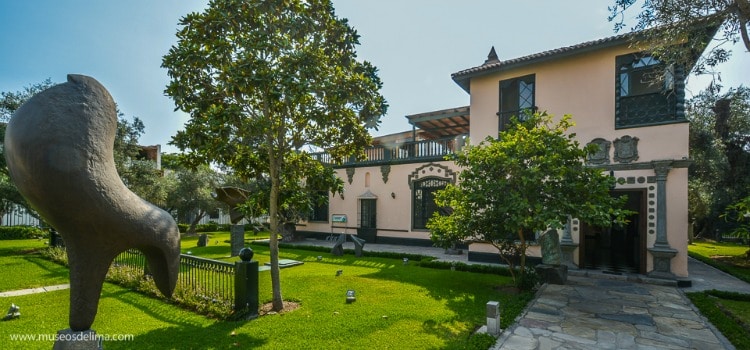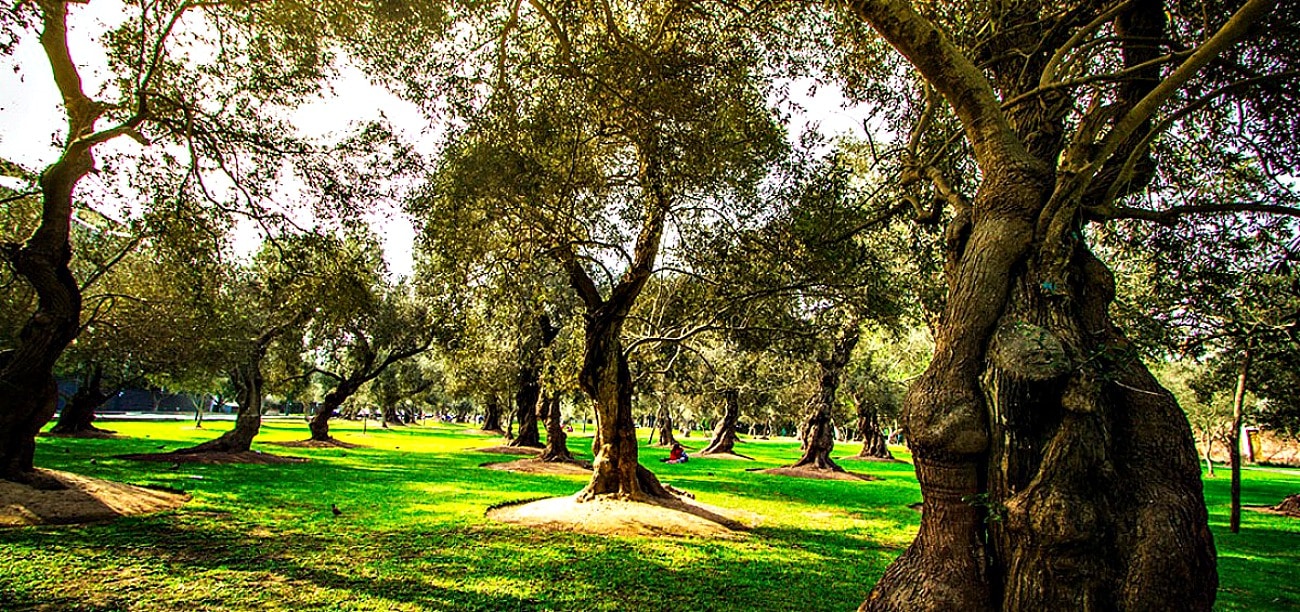While travel remains stalled, we’re here to bring you inspiration for the trips you’ll take when life returns to normal. – TravelSquire Editors
Sitting in Bosque el Olivar – Olive Grove Forest – surrounded by 1,600 olive trees, you wouldn’t know a bustling city of 10 million sits waiting a block or two away. In Lima, Peru’s, tony San Isidro district, less than a mile from the chic Country Club Lima Hotel and a stroll from some of the city’s most exclusive shopping on Avenida Los Conquistadores, is an urban oasis: a 24-acre grove of olive trees offering respite in a metropolis.
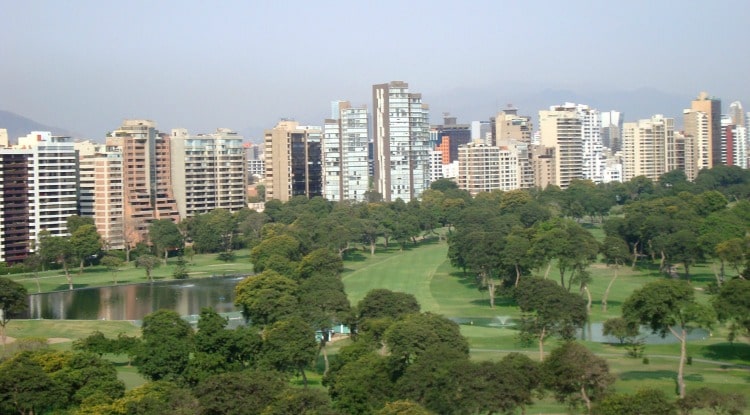
Bosque el Olivar delivers a moment’s peace to families who come to picnic among the olive trees; lovers looking for a secluded bench; photographers seeking one of Lima’s most photogenic spots; and bird watchers seeking out the bright flash of scarlet flycatchers, the shocking green of the Pacific Parrotlet, and the red-shouldered Harris’ Hawk in and amongst the trees. More than 20 different birds come to the park, and they too find peace among the branches of 44 species of trees and along the fringes of the park’s lagoon.
But it wasn’t always this way. In fact, the grove, with its roots firmly planted in the soil of Lima’s history, matured alongside the city, witnessing the colonial growth, the war for independence, and the development of an identity distinct from other South American cities. Through it all, well, through most of it, Bosque el Olivar was an oasis of calm and a charming antidote to the chaos around it.
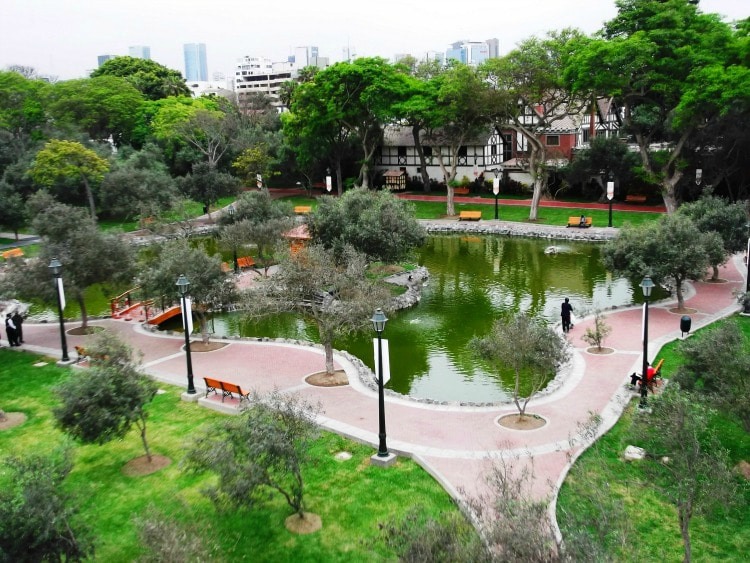
From Saplings to Trees
It started with a trio of olive tree saplings that arrived in Lima from Seville, Spain. All that remained from the original manifest of 100 saplings, Antonio de Rivera’s three saplings thrived in Lima’s arid climate where warm, dry days were countered by cool, misty evenings thanks to the Pacific Ocean only a few miles away. The saplings flourished, and cuttings from them flourished, and so did their cuttings, and soon the three trees numbered in the hundreds, then the thousands. Suddenly in the center of this affluent neighborhood stood a veritable olive grove, a piece of Spain brought to a new continent.
As the olive grove grew, individual parcels were passed down through generations of well-to-do owners, until 1777 when the Count of San Isidro came to own the whole grove.
By 1811, at the onset of the Peruvian War for Independence, a war that raged on for more than a decade, the grove stood 3,000 strong, but that was not to last. During the war, loyalists to the Spanish crown chopped down trees by the hundreds, and by war’s end the grove was significantly thinned. Still, it stood as a point of pride and beauty in the city, and caretakers fostered it back to health.
Fast forward to 1959 when Bosque el Olivar, still a jewel in Lima’s crown, was named an official cultural heritage site, a place where the history of Lima and of Peru herself stood on display, setting the stage for a long service to generations of Limeños and visitors.
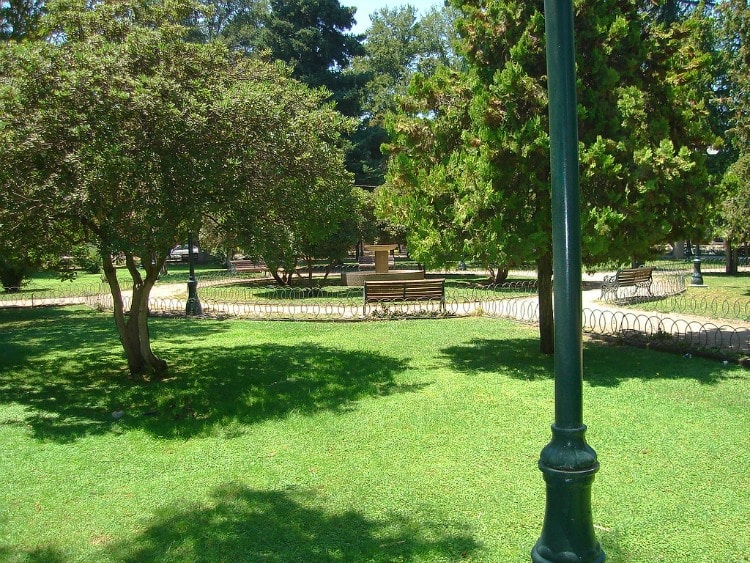
Bosque el Olivar Today
Today, Bosque el Olivar is one of the largest green spaces in Lima. Home to San Isidro’s Casa de la Cultura and the Marina Nuñez del Prado Museum, it serves as a cultural beacon but more so as a park. Unlike other parks in the city you won’t find playgrounds or fields full of kids and adults playing fútbol, just tranquility.
Bosque el Olivar is smaller now, some 1,670 olive trees stand today, the oldest of which bear scars from axe blades dating back to the War for Independence. But those trees are bountiful, and when the black olives have ripened, children pick them while perched on their parents’ shoulders, and adults eat handfuls of them at a time as they stroll the central walkway.
Walk through the park, find a bench and sit. Soon the hum of the city will fade and friendly Limeños will smile and a nod as they walk by, the park doing to them what it’s doing to you: stripping away the pressures, the noise and the stresses of the city and replacing it with birdsong and the sigh of the wind through olive branches, as peaceful a sound as there ever was.
